In light of the climate change crisis and its looming effects on our future lives, landscaping and gardening in both urban and suburban environments is changing and evolving. Those changes involve everything from the equipment and fertilizers we use to the type of plantings we put in the ground. This trend is amplified by the proliferation of ‘green’ practices, as well as regulations that encourage their adoption in many cities. Environmentally-friendly products, practices and technologies are increasingly implemented by local governments not only to improve the quality of life in their communities, but also to hopefully slow the acceleration of climate change and its effects.
What’s Up in Urban—and Suburban—Landscaping?
“There’s a two-fold approach unfolding today,” says Rani Dorman, Director and Design Specialists for Blooming Urban Design Scapes, an urban landscaping firm in New York City. With more than 17 years in the field, Dorman has wide and varied experience with all types of residential properties in urban settings, including multifamily communities. “There are advances in technology,” she says, “software programs that provide design options, including seasonal design. These apps are very sophisticated. You can show a client renderings, textures, and color palettes, immediately, in real time on an iPad or smartphone. You can take a picture and do a rendering right there. At the same time there is also a return to a more old-fashioned, natural approach to gardening. People are beginning to understand the nature of gardening and plants again.”
Josh Eibeschitz, Vice President of Sales for Southeast Landscape Management in Fort Lauderdale, Florida, confirms the change in perspective around landscaping practices in the past few years. “The biggest change is that we as an industry have become much more environmentally conscious,” he says. “Whether it’s the chemicals we use or how we apply them, we are more aware, all the way down to our equipment. The machines we use now have lower emissions. A lot is driven by government rules, but we’re using fuel-injected lawn mowers and chainsaws. Overall, there’s more technology. You can’t be just some guy with a pick-up truck to cut grass anymore.”
According to Gil Santos, owner and proprietor of Gil Santos Landscaping in Park Ridge, New Jersey: “The big thing today is organics, going green. Condo owners are getting away from chemicals, especially where pets are involved. The big change has been relative to trees. We no longer treat trees with chemicals. We also treat soil organically, using non-chemical products.”
A more thorough understanding of the science of botany is changing landscape and gardening services as well. “Plants are social beings,” says Dorman. “They are social with each other. Look at a forest. There are short plants, tall plants, plants that protect each other in different ways – with their root systems, for instance. You don’t plant a cactus next to a willow tree. In a forest, plants thrive without mulch, fertilizer, etc. Plants can be self-sufficient in a natural environment.”
Green and Organic Products
Perhaps one of the most significant shifts in urban landscaping is the adoption of ‘green’ and organic products – and the willingness of customers to absorb the additional cost some products come with. Dorman says that in New York City, with its progressive-leaning population, many clients – including co-op and condo boards and their building managers – request that she uses ‘green’ products. Local ordinances and governing authorities have increased the incentive with tax and other benefits accruing to LEED buildings, and for the installation of advancements like green roofs. Dan Weinbach, Principal of Daniel Weinbach & Partners, Ltd., a landscape architect based in Chicago, concurs. “One of the most significant things is the increasing popularity of amenity roof decks.” Like New York City, Chicago has numerous programs and ordinances to advance ‘green’ living.
Customers in other areas like New England and Florida, more suburban settings, are less aggressive in adopting organic and green products. “I’ve had a lot of people request information on organic fertilizer, but I haven’t had anyone actually chose it,” says Jay Gallagher, a landscape architect and principal of Gallagher Landscaping in Scituate, Massachusetts. He believes the additional cost involved acts as a deterrent for many boards, who keep an eagle eye on expenditures, and may have to prioritize other things above greener landscaping practices.
Eibeschitz reports a similar situation in Florida, particularly in more suburban locations. “We don’t get many eco-friendly requests from HOAs and condos for green products in lawn care. Many are interested in [safer] insecticides though, because of their pets. About 90 percent of what we use isn’t environmentally harmful anyway. Typically, HOA boards and associations are looking to save money, so they use what’s cheaper. We use high-end fertilizers anyway. Others may use cheaper products to get work. Cheap fertilizer may affect the root structure of your trees. I believe what you save now, you end up spending later.”
Santos says that he previously used more fertilizer when he planted. Now he uses more eco-friendly products like M-Roots, which contains microorganisms that do what the chemicals used to do. “The product does not work as fast, and is more expensive, but it does the job,” he says. As to the increased costs, Santos says he absorbs that cost rather than pass it along to the customer, since larger landscaping companies do the same, and increasing his customers’ cost would cost him jobs. In the final analysis, he points out, the customers want green lawns – and they don’t want to pay more.
Climate Change
“Climate change is real,” Eibeschitz says, despite those who would have you think otherwise. While inconvenient – and scary – we have to face it, and the landscaping and gardening industry is in the forefront of that reality. “In Florida,” he continues, “it’s having a lot of effect. The seasons have rotated. It changes the way grass grows, for instance. Ten years ago, we had a winter in Florida. We haven’t had that in many years now. Plants are growing non-stop, which has affected their longevity.”
Dorman says she has seen the effects of climate change on the types of plants and flowers chosen for urban gardens. Plants and flowers are rated by a zone system that starts in northern Canada and proceeds south to the tropics. Plants and flowers from warmer zones are now more commonly seen in New York. Weinbach expects the real visible change to happen in the near future, within approximately 20 years if measures aren’t taken to stop or reverse the trend.
“We have seen warmer winters as a result of climate change,” says Santos. “We have also seen a shift in vegetation zones,” confirming what Dorman and Weinbach report. “Things that previously grew well here don’t – and vice versa. We are in a slightly warmer zone.” He expects that shift to continue. “As a result of the very wet year we had last year, we experienced more rot in lawns. Overall, these changes require more maintenance than previously.”
What Not to Do
Most often, it seems that landscape complications are the result of human effort, rather than mistakes made by landscape professionals, or even the environment. Dorman recalls a garden she designed that was later infested with bees. It seems that the garden was located in the back of a building at ground level and included both flowering plants and an irrigation system. Next door to the property was a four-story, walk-up apartment building. The tenant on the top floor had roof access – and had installed an array of beehives. Dorman went to speak to him and to see the apiary, as her client couldn’t use the garden she had designed due to the swarms of bees feasting on her flowers. What she found was that the bee farmer hadn’t installed a water source or planters with plants for the bees to fertilize on his roof. The bees found solace – along with pollen and water – in the garden next door. Dorman advised him that he needed to supply his bees with water and food, and once that was taken care of, the bees seemed happy to stay put and leave her client’s garden alone.
Eibeschitz remembers an over-55 community in Broward County that over a number of years removed more than 100 trees from their landscaped property for the worst possible reasons – all personal and none related to landscaping. Some trees disrupted an owners’ views. Others were damaged by residents’ dogs. Shortly after, the resident who had led the fight to remove these trees ran for the board and was elected, becoming the president of the association. Unfortunately, the local government’s schedule for property inspection came up for the property at the same time. The association was sent a bill and orders for the replacement of the trees. Apparently, the condo association didn’t have the authority to remove the trees; the local government had veto authority. The trees had to be replanted at substantial cost to the association. Lesson: it’s always best to check with your local ordinances before firing up the chainsaw.
Landscaping in both urban and suburban markets is facing a changing world and much-needed advancement in technology. Perhaps the mantra for boards of co-ops, condos, and HOAs is to do what they would do with any other facet of their property management; Don’t take it into your own hands and don’t cheap out. Hire the best you can afford, and keep your outdoor spaces at their peak.
A J Sidransky is a staff writer/reporter with The New Jersey Cooperator, and a published novelist.



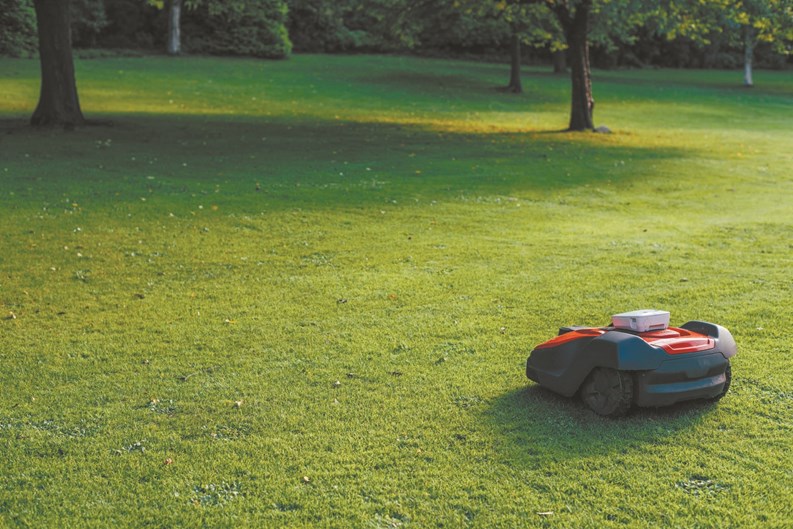
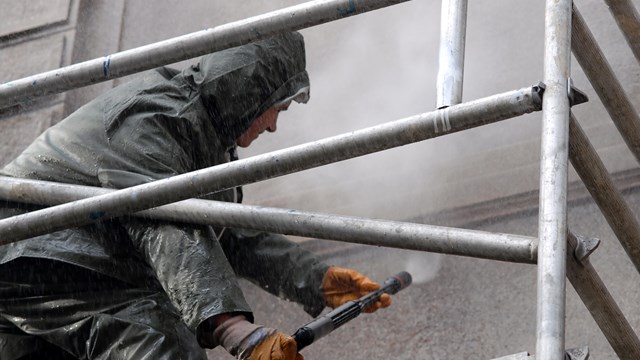
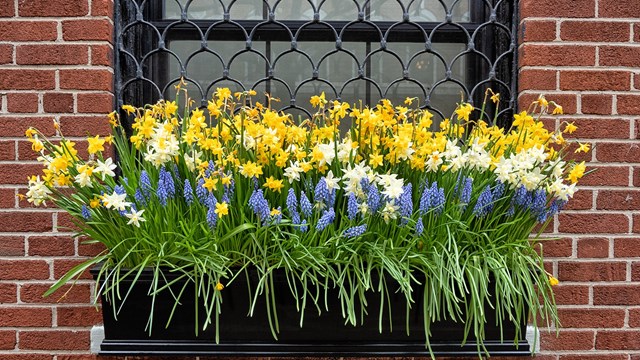
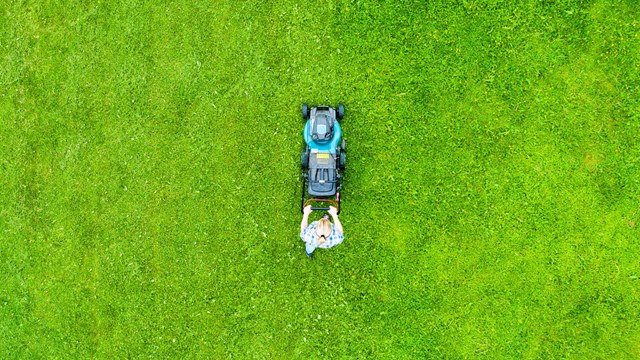
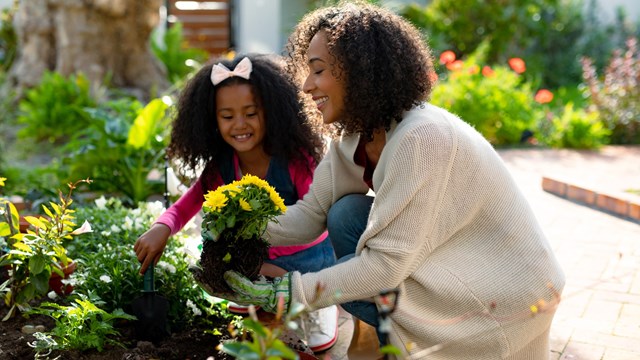
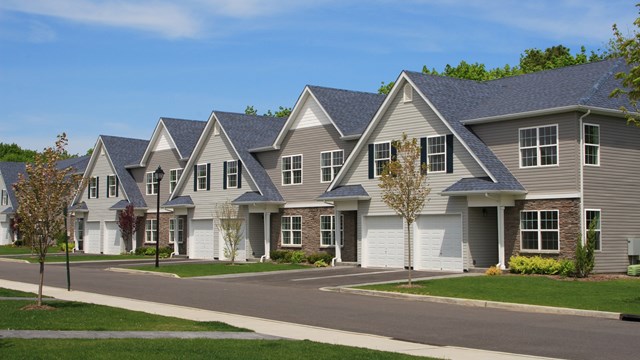

Leave a Comment